
Did you know that the average attention span of an online user is now shorter than that of a goldfish, lasting just about 8 seconds? Yes, that’s absolutely true!

So, now you know why you didn’t receive enough responses on your LONG surveys.
Short vs. Long Surveys: Pros and Cons
The Sweet Spot: Finding the Ideal Survey Length
- How Long Should A Survey Be? – Optimal Survey Length
- Ideal Survey Time
- The Ideal Number of Survey Questions
Additional Metrics for Enhanced Insight
Influencing Survey Length: Decoding the Factors
Streamlining Your Survey: 5 Strategies for Shortening the Process
Survey length directly influences completion rates and data quality. Because, when surveys are too lengthy, participants often feel overwhelmed or disinterested – resulting in survey fatigue.
When people rush through or don’t think much about their answers, it affects the quality of their answers, perhaps the quality of the data you receive, and that’s not something you want if you’re looking for important information. Finding the right balance helps keep people interested in the survey.
Now, how can you make more people finish your survey? With the help of some amazing practices and, of course, a customer feedback tool!
With an effective tool, you can collect customer feedback and determine the best survey length. These tools check if customers are happy and give you useful advice on doing surveys that people enjoy filling out and give helpful answers to.
So, how does this work? This blog will tell you how tools for customer feedback combined with some effective practices can help you create surveys that people like to finish, making the feedback more helpful and valuable.
But before we get into that, let’s first understand how to balance survey length and keeping people interested. Let’s dive in!
Let’s get started!
The Dilemma: Striking the Right Balance Between Survey Length and Respondent Engagement
Striking the perfect balance between survey length and participant engagement is a critical challenge. The length of your survey directly impacts whether customers decide to take it seriously or abandon it halfway. Conversely, if your survey is too brief, you might miss crucial insights.
Also, one common issue arising from the frequent distribution of short surveys is survey fatigue. Bombarding your audience with too many quick surveys can lead to disinterest and declining response rates.
So, what’s the ideal solution?
Well, SurveySensum’s survey throttling feature can help combat survey fatigue and optimize respondent engagement.
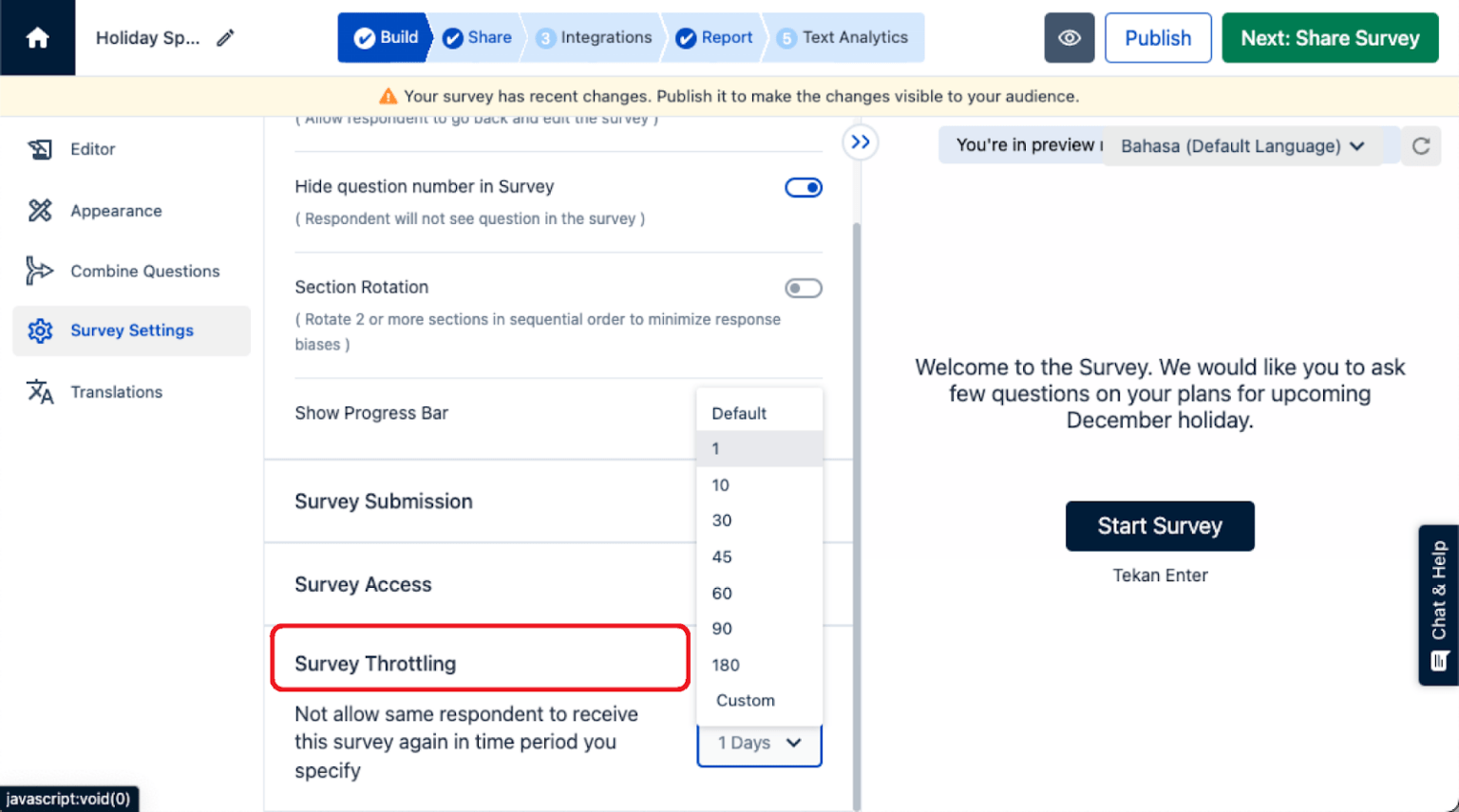
This feature ensures that surveys are delivered optimally, preventing overwhelming feedback requests. By strategically spacing out survey invitations, Survey Throttling allows you to maintain participant interest, resulting in higher survey response rates and more valuable insights.
Now, you know the clear differences between long and short surveys. But, to get a clearer picture, let’s look at some of the advantages and disadvantages of both survey types.
Short vs. Long Surveys: Pros and Cons
Have a look at some of the most common pros and cons of long and short surveys:
| Survey Length | Short Surveys | Long Surveys |
| Completion Rates | Higher | Risk of Dropout |
| Respondent Fatigue | Reduced | Increased |
| Depth of Insights | Limited | In-depth |
But you must find the sweet spot to know how long should a survey be.
How? Let’s see!
The Sweet Spot: Finding the Ideal Survey Length
1. How Long Should A Survey Be? – Optimal Survey Length
Did you know longer surveys, taking more than 25 minutes, experience a dropout rate that is more than three times higher than shorter surveys under five minutes?
The stats highlight the fact that the optimal length of a survey is a critical consideration given the prevalent issue of “time poverty” among consumers. With the increasing reliance on mobile devices for survey completion, respondents often multitask during short leisure time intervals, making it essential to capture their attention efficiently.
Recognizing that longer surveys are sometimes unavoidable, especially in market research, it becomes essential to incentivize participants. Incentives could include rewards, discounts, or other perks to motivate respondents to invest their time in providing comprehensive feedback.
2. Ideal Survey Time
31% of consumers are willing to invest 10 to 14 minutes in a survey.
This duration strikes a balance, allowing for a comprehensive exploration of the touchpoint experience without demanding too much time from respondents. Within this timeframe, surveyors can gather detailed insights without risking participant fatigue or dropouts.
3. The Ideal Number of Survey Questions
Hubspot’s research further reveals that 42% of consumers are open to answering 7-10 questions in a survey. But not more than that!
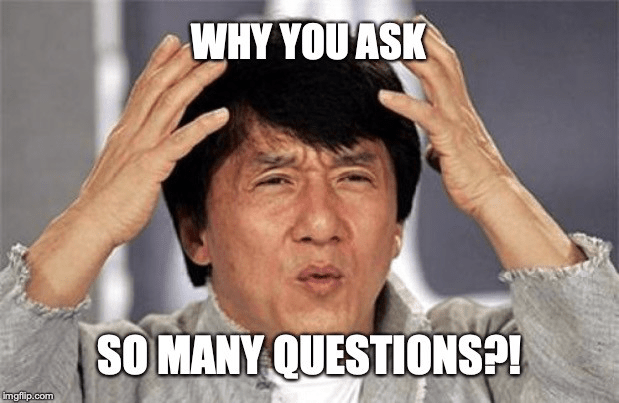
While the statistics provide valuable benchmarks, it’s essential to delve deeper into your audience’s psyche.
Additional Metrics for Enhanced Insight
Beyond the total survey time, two additional metrics provide valuable insights into respondent engagement:
1. Average seconds spent per question: This tells us how much time, on average, people spend on each question. This metric indicates the average time individuals dedicate to each question. Ideally, a shorter duration implies respondents find the questions straightforward and answer swiftly. Monitoring this metric helps identify areas where questions may need simplification or clarification for an improved survey experience.
2. Average reading time on one screen: This metric reflects the average time respondents spend reading the content on a single survey page. Similar to the average seconds per question, a shorter reading time indicates that participants quickly absorb the information. This is advantageous as it suggests the content is clear and concise, supporting efficient survey completion.
Monitoring these metrics helps gauge participant involvement and pinpoint areas for improvement in survey design and content.
Create Ideal Length Surveys with SurveySensum!
Now that you’ve understood the significance of crafting an ideal length survey let’s understand how you can influence your survey’s length.
Influencing Survey Length: Decoding the Factors
1. Target Audience
Understanding your audience is pivotal when determining the ideal survey length. Different demographic groups exhibit varying levels of patience and interest in participating.
So, now you know why you didn’t receive enough responses on your LONG surveys.
For instance:
- Demographics: Younger audiences with shorter attention spans prefer concise surveys. In contrast, older demographics may invest more time in providing detailed responses.
- Behavioral Patterns: Consider your audience’s behavior in terms of technology usage. Tech-savvy individuals may be comfortable with online surveys, while others may lean towards traditional methods.
2. Survey Type
The method of survey delivery significantly impacts the appropriate length:
- Online Surveys: Online surveys demand shorter lengths; lengthy surveys risk respondent dropout.
- Phone surveys: Phone surveys should be concise to respect the respondents’ time and minimize boredom or fatigue.
- In-Person Surveys: In-person surveys allow longer interactions, adapting to the respondent’s engagement level.
3. Survey Complexity
The intricacy of the survey topic influences the number of questions needed:
- Simple Topics: Straightforward subjects may require fewer questions for comprehensive insights.
- Complex Topics: Intricate or technical subjects might demand a longer survey for nuanced understanding.
4. Incentives
Offering rewards positively impacts participant engagement:
- Short Surveys: Incentives may not be as crucial for shorter surveys but can act as a token of appreciation.
- Long Surveys: Tangible rewards like discounts or gift cards can motivate participants to invest extra time.
5. Purpose of the Survey
The overarching goals and research approach guide the survey length:
- Exploratory Surveys: Exploratory surveys are shorter, focusing on broad aspects to identify trends or patterns.
- Confirmatory Surveys: Confirmatory surveys are more extensive, and designed to confirm specific hypotheses and gather conclusive data.
Understanding and balancing these factors ensures the survey is tailored to the audience’s characteristics and preferences, optimizing engagement and data quality. With the help of some effective strategies, you can streamline your survey creation process.
Gather Customer Insights Effectively with SurveySensum!
Streamlining Your Survey: 5 Strategies for Shortening the Process
Here are strategies to trim down your survey without compromising data quality:
1. Prioritizing Questions:
Identify the core objectives of your survey and prioritize questions that directly contribute to those goals. Trim unnecessary queries that don’t align with your primary focus, ensuring a more streamlined questionnaire.
2. Utilizing Skip Logic:
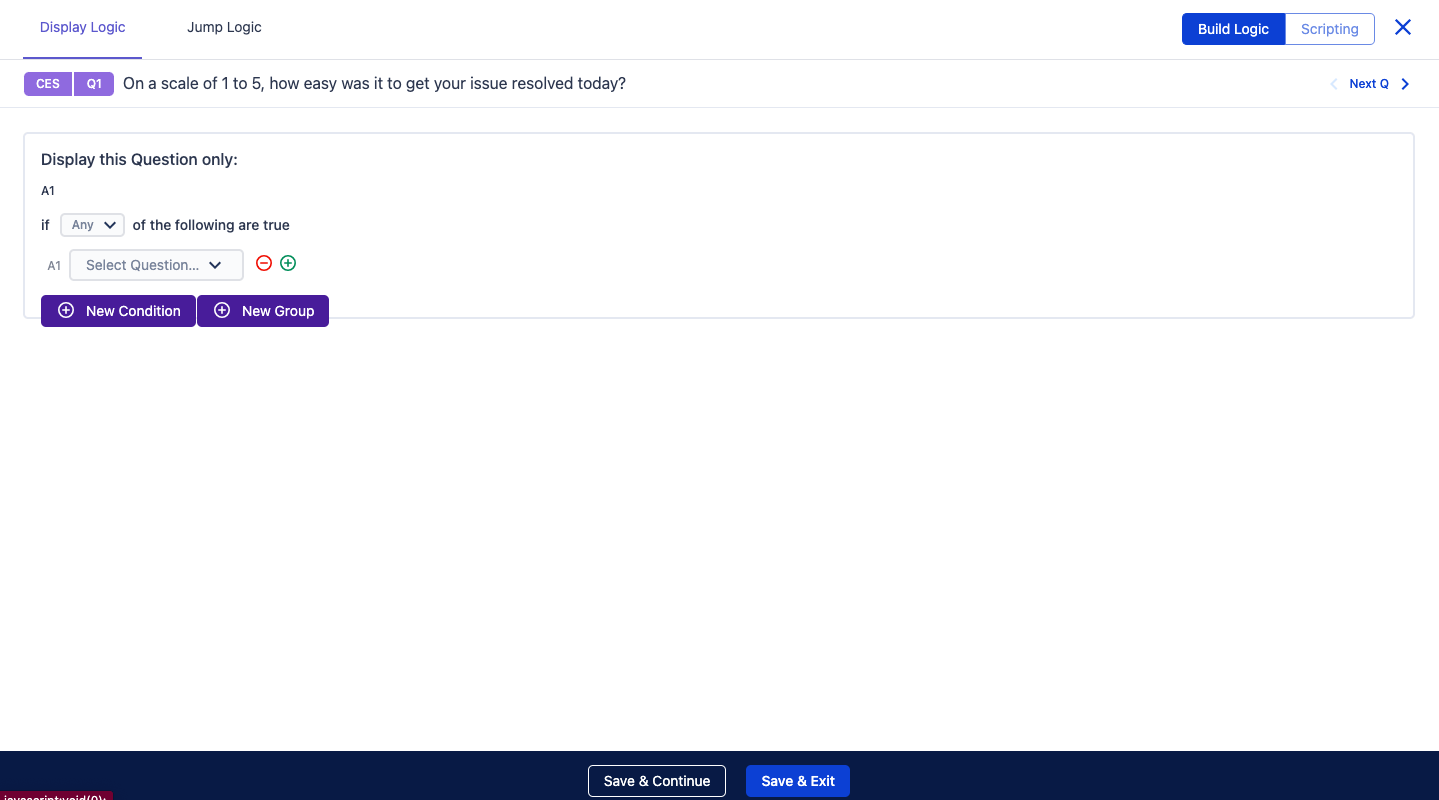
Leverage skip logic to tailor the survey flow based on respondents’ previous answers. By directing participants to relevant sections and skipping irrelevant questions, you not only save their time but also enhance their survey experience.
3. Eliminating Redundancy:
Review your survey for redundant or repetitive questions. Consolidate similar queries or eliminate duplicates to maintain focus and prevent respondents from feeling overwhelmed or exhausted.
4. Choosing the Right Question Type:
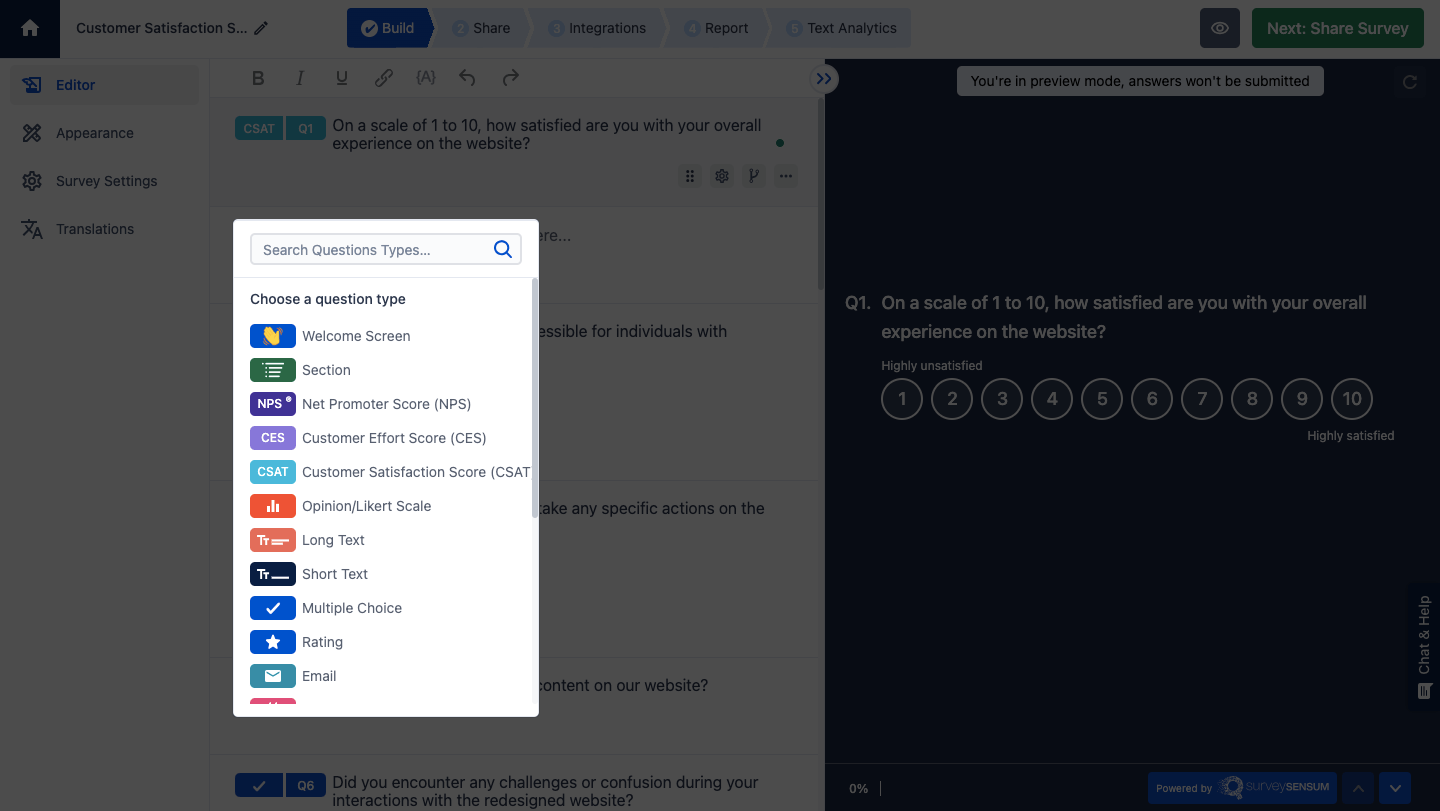 Opt for question types that are efficient in gathering information. Multiple-choice, grid, and Likert scales are often more time-effective than open-ended questions.
Opt for question types that are efficient in gathering information. Multiple-choice, grid, and Likert scales are often more time-effective than open-ended questions.
5. Offering Progress Indicators:
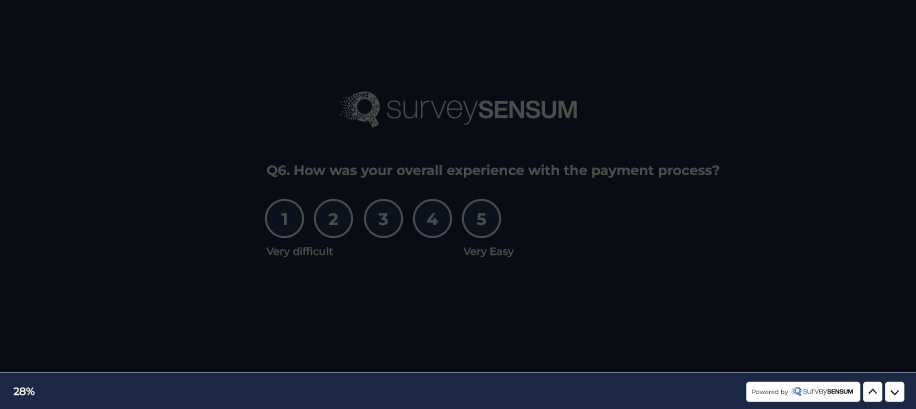 Incorporate progress indicators to inform respondents about how much the survey remains. This transparency helps manage expectations and encourages participants to continue, knowing the endpoint is within reach.
Incorporate progress indicators to inform respondents about how much the survey remains. This transparency helps manage expectations and encourages participants to continue, knowing the endpoint is within reach.
Now, let’s find out how you can create engaging surveys that are short and insightful.
Beyond Length: Crafting Engaging Surveys
1. Personalize the Experience: Addressing respondents by name and tailoring questions to their answers adds a personal touch. It shows that the survey is designed for them, enhancing their connection to the questions.
2. Emphasize Participation Value: Clearly explain how respondents’ feedback matters and will be utilized. When participants understand the impact of their responses, they are more likely to engage thoughtfully.
3. Visual Appeal Matters: Utilize clear formatting, colors, and images to make the survey visually appealing. A well-designed survey will more likely hold respondents’ attention and encourage completion.
4. Multiple Completion Options: Offer flexibility by allowing respondents to save progress and resume later. This accommodates varying schedules and ensures more comprehensive and thoughtful responses.
5. Test and Refine: Before launching the survey widely, pilot-test it with a small group. Gather feedback on clarity, relevance, and overall user experience. This ensures the survey is polished and effective.
6. Clear and Concise Language: Use language that is easy to understand. Ambiguous or complex wording can lead to confusion and may result in inaccurate responses.
7. Monitor and Analyze Feedback: Regularly monitor respondent feedback during the survey period. Address any emerging issues promptly and consider making real-time adjustments for a smoother survey experience.
Conclusion
Determining the optimal length for a survey is a nuanced process that requires careful consideration of various factors. While capturing enough information to derive meaningful insights is essential, avoiding overwhelming respondents with an excessively long questionnaire is equally crucial.
With the help of effective strategies and following the best practices, you can figure out how long should a survey be and enhance the quality and reliability of the survey data, ultimately leading to more robust and insightful conclusions.
Leveraging powerful tools like SurveySensum can help you craft, track, and analyze surveys effectively. This tool ensures optimal survey frequency and is backed by CX experts who offer end-to-end support. Elevate your survey game with SurveySensum for maximum benefits and actionable customer insights.















